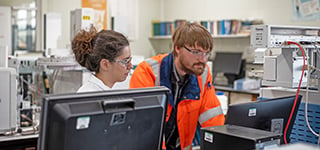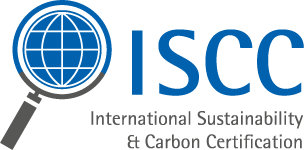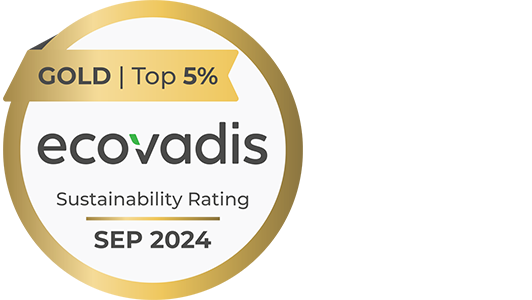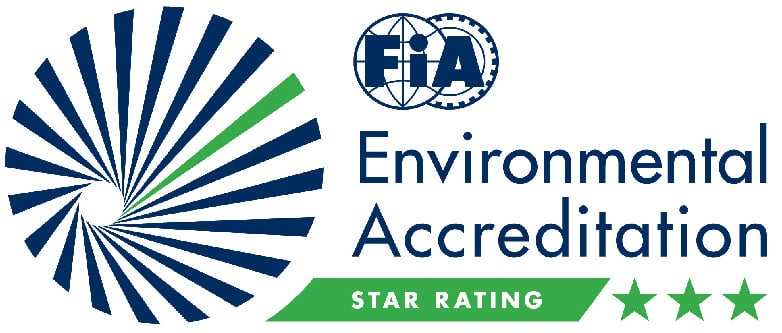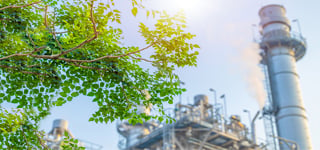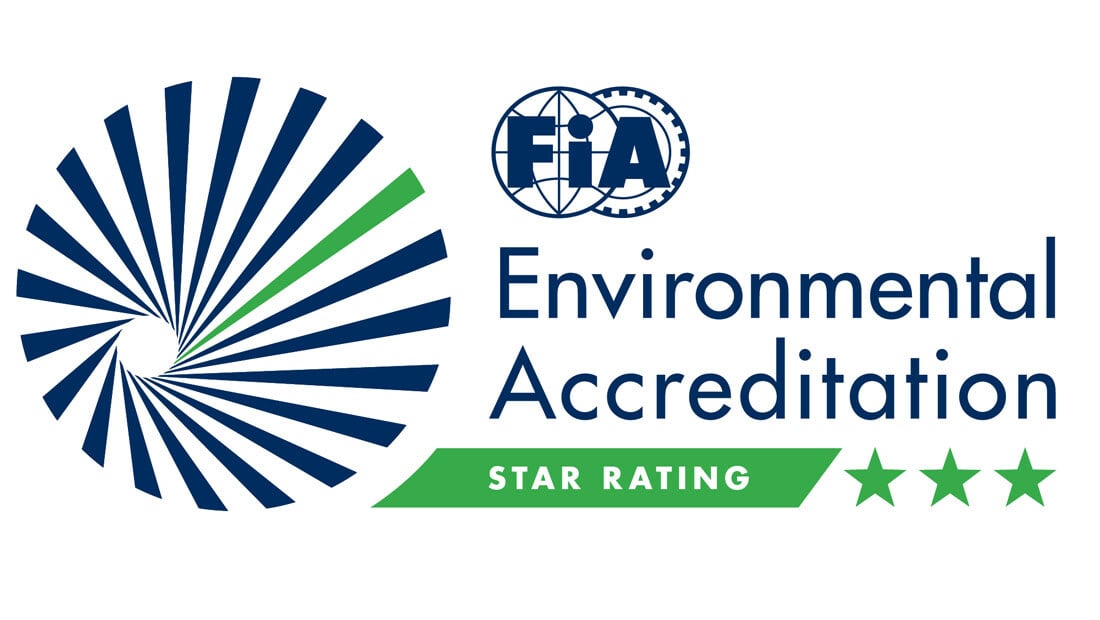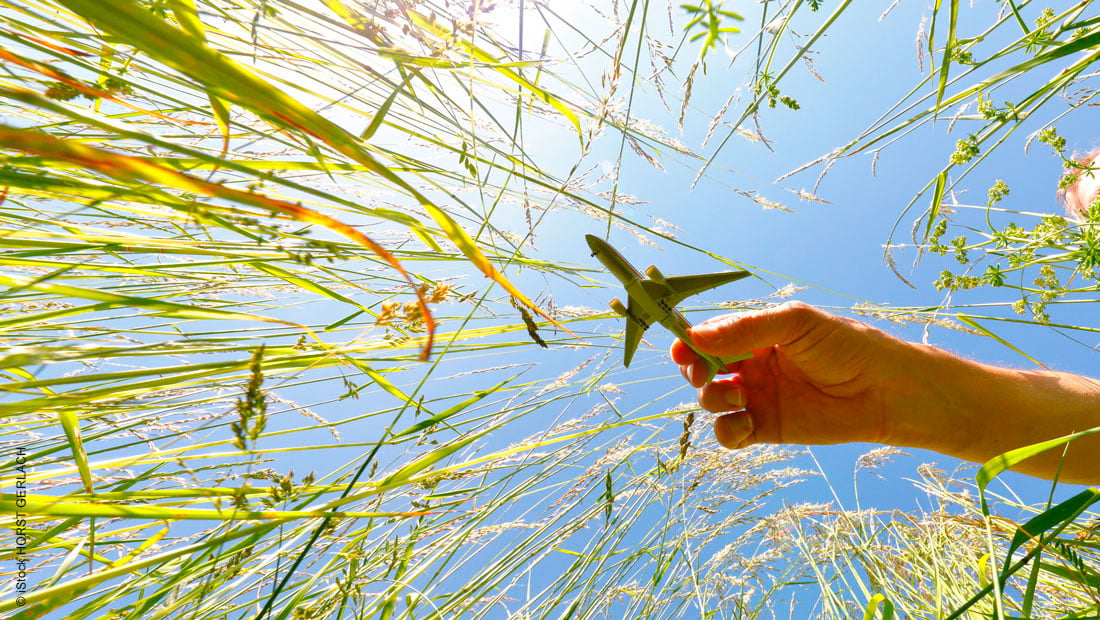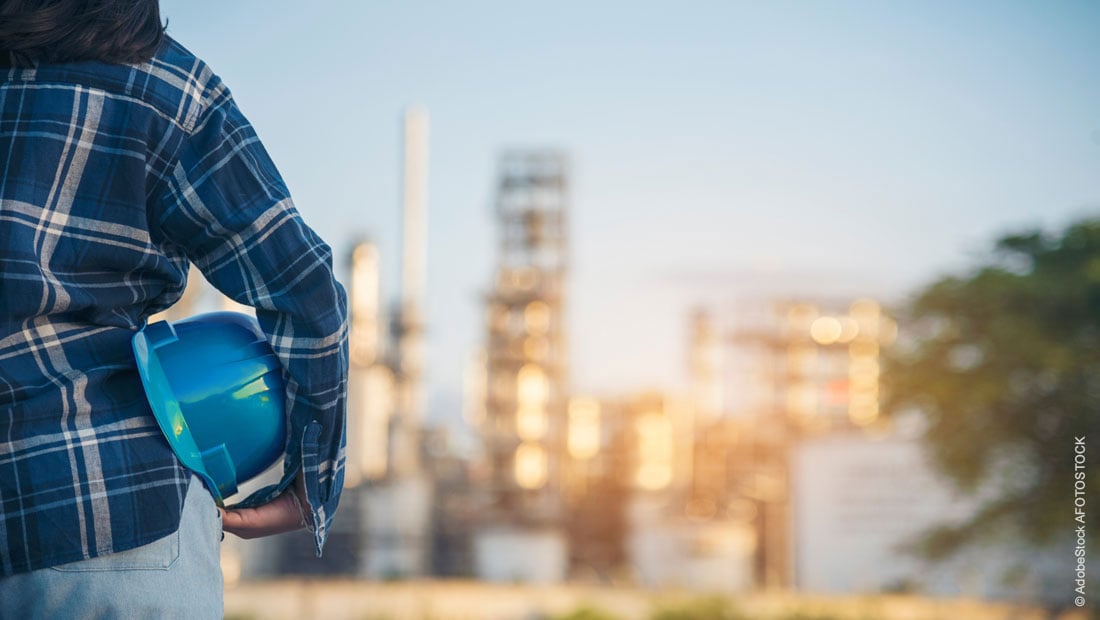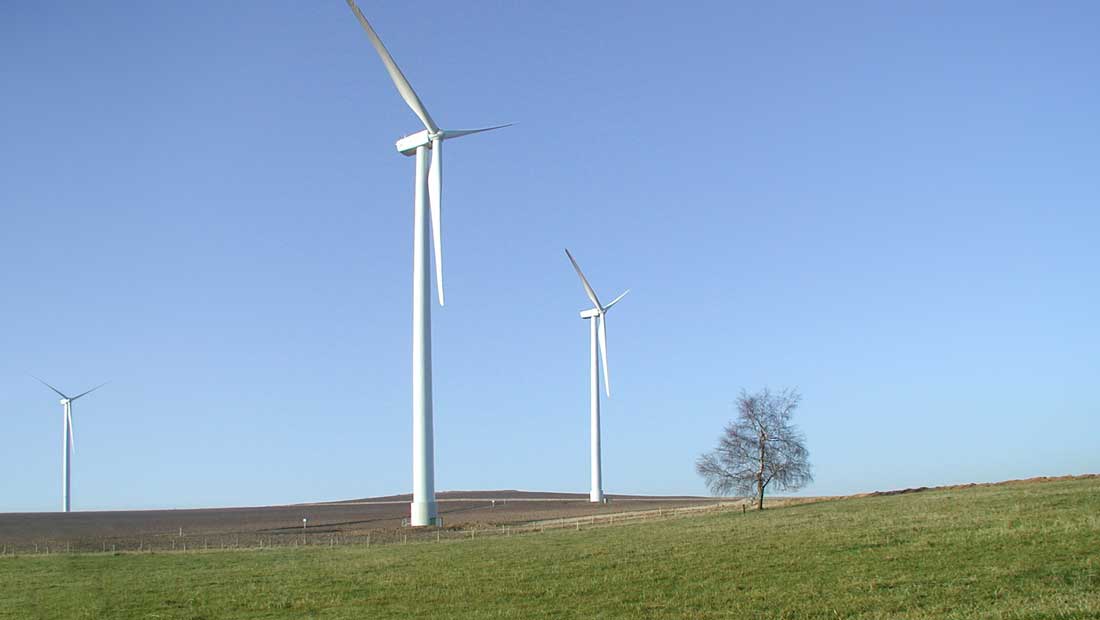
Without Sustainable Aviation Fuel (SAF), a short-term reduction of CO2 emissions in aviation is not feasible. The European Green Deal and the subsequent Fit for 55 package therefore focuses on the increased use of biofuels in aviation. In the framework of these packages, the raw materials used in production are generally classified under the term ‘generations’ But what precisely is the meaning behind this classification? Find out more about the different feedstocks and future trends.
SAF: Sustainable Aviation Fuels are already a reality
The use of Sustainable Aviation Fuels (SAF), along with other measures such as kerosene-saving take-offs and landings, better flight route planning, emission-neutral airports or lighter aircraft, offers the greatest potential for a rapid reduction in CO2 emissions. More and more airlines are using SAF to meet their self-imposed climate protection goals, legal regulations, but also the increasing desire of society. Unlike hydrogen or electric propulsion, SAF is already commercially available and can be used immediately. As a so-called drop-in fuel, it can easily be blended with conventional fossil-based kerosine. The advantage being that this can be done without any technical adaptation of the aircraft, i.e. turbines or engines do not have to be modified.
This blog article could also be of interest to you:
- Sustainable Aviation Fuel (SAF) - solution for climate-neutral flying
-
Interview: Dr Harald Dialer talks to Global Energy Solutions about SAF
The generation of feedstock is decisive for the availability of SAF
In addition to various manufacturing processes, the raw materials used play an important role. The EU Directive 2009/28/EC (Renewable Energies Directive) describes and regulates the use of feedstock for biofuels in Europe - including aviation.
The source raw materials are clearly classified for this purpose:
1. Generation
The 1st generation of biofuels consists of plants that can also be used as food or animal feed. These are, for example, corn, grain, sugar beet, rapeseed, palm or soya oil.
2. Generation
For 2nd generation biofuels, plants or parts of plants, such as cellulose, are used that are not edible. This is intended to defuse the ethical conflict between food shortages and transportation. Furthermore, sustainable aviation fuel SAF can be produced from residual materials such as food waste and frying fat using various processes.
3.Generation
With 3rd generation raw materials, biological residues such as straw, residual wood or sawdust are used to produce biofuels. Algae are also being researched, which have a significantly higher biomass productivity per area than plants. This generation is in the early stages of development and is not yet available in large quantities. However, it promises advantages in terms of a broader residue base, improved land efficiency and higher availability.
Sustainable raw materials are key to the production of SAF. Whilst there are advantages in defossilisation, the reduction of CO2 emissions and the realisation of a circular economy from all generations. Feedstock of first generations lead to a discussion about the cultivation of industrial and energy crops competing with that for food and feed and leading to indirect land use change. The "correct" use of agricultural land is a difficult issue, along with the use of fertilisers, the use of genetically modified plants, and the destruction of ecologically important areas such as rainforests or moors.
Conclusion
Sustainable flying will only succeed in the long term with a series of changes in aviation. Sustainable aviation fuel SAF will play a decisive role. In this context, the feedstocks are gradually being tested for their most efficient use while at the same time ensuring high availability and true sustainability. Airlines, airport operators, legislators, society and, last but not least, manufacturers of sustainable aviation fuels such as Haltermann Carless must work hand in hand to achieve this.
These blog articles might also be of interest to you:
- SAF: Haltermann Carless aspires to contribute to climate-neutral aviation
- Reducing CO2 emissions: Sustainable solutions at Haltermann Carless





